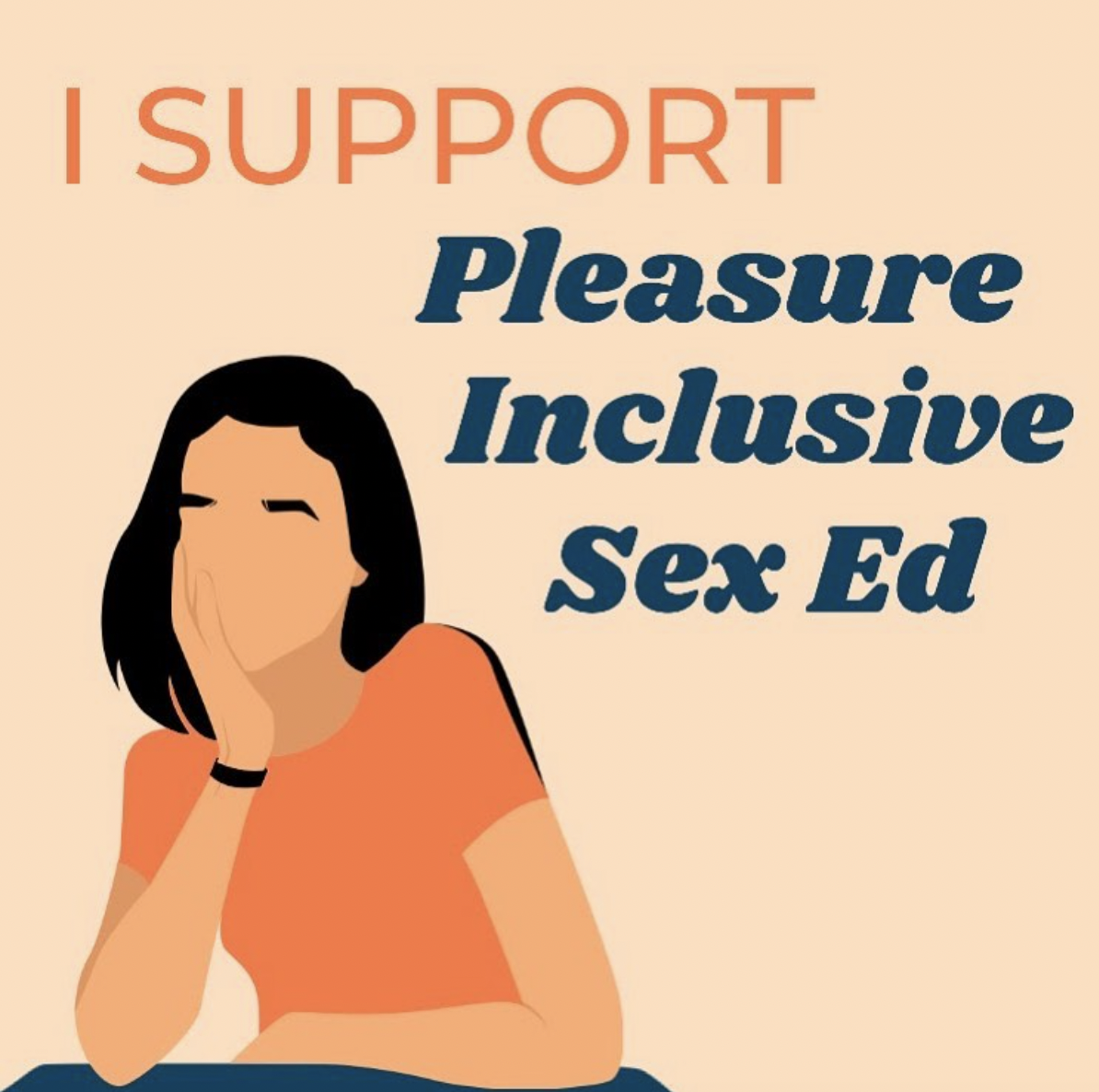
What You Need to Know
There is no “right” way to engage in sex and express your sexuality as long as consent, empowerment, and respect are involved. Sex positivity celebrates healthy sexual relationships, different identities and sexual expressions, and bodily autonomy, as well as empowers individuals to define and control their own sex lives. Grounded in comprehensive sex education, deconstruction of gender norms, and promotion of body positivity and self love, sex positivity fosters safe spaces where bodily autonomy is paramount.
Consent
Consent is the expression of a mutual desire between parties to participate in a sexual activity. Consent is fundamental in creating a sex-positive space, and sexual activity without consent is sexual violence.
Minors, people who are mentally incapacitated or unconscious, and people under the influence of drugs or alcohol are unable to give consent. Consent isn’t always spoken, and it should never be assumed (the absence of a “no” is not a “yes!”). Consent is given without coercion, and can be withdrawn at any time.
Consent is not:
- Someone saying “yes” because they are too afraid to say “no”
- Someone changing their mind about a sexual desire and still being forced to engage in it
Rape culture creates an environment in which sexual violence is prevalent and sexual assault and coercion are normalized. These beliefs are perpetuated through misogynistic language, objectification, and the glamorization of sexual violence, and create a society that disregards rights and safety and places blame onto victims and survivors.
Sex positivity combats rape culture by emphasizing and valuing consent, bodily autonomy, and sexual empowerment as an alternative to slut-shaming and victim blaming. Sex positivity also works to end the social cycle of guilt surrounding sexual activity by deconstructing toxic masculinity, fostering safe spaces for survivors, and pushing back on harmful power dynamics in relationships.
Contraception
Contraception is an umbrella term for the wide variety of intentional pregnancy prevention methods. Contraception looks different for everyone and includes:
- Medication (the pill)
- Long-acting reversible contraception (LARCs), including implants and IUDs
- Behaviors like withdrawal and fertility awareness
- Condoms, including dental dams and insertive condoms
When used perfectly, condoms are very effective at preventing the spread of sexually transmitted infections (STIs). However, condoms are often used inconsistently and imperfectly, especially among younger populations, which contributes to a failure rate of 12-18% at pregnancy prevention.
Increasing access to contraception and condoms, as well as knowledge about accessing and using these resources, is critical to empowering people to control their own sexuality.
To learn more, visit these other resources:
Sex Education
Comprehensive sex education means teaching age-appropriate, medically accurate information on topics including sexuality, human development, decision-making, abstinence, contraception, and disease prevention. Comprehensive sex ed provides students with factual information on abortion, masturbation, and sexual orientation, and encourages them to explore their own values, goals, and options. These curriculums also cover consent, healthy relationships, communication skills, and bodily autonomy.
Sex-positive comprehensive sex education is not abstinence-only, abstinence-based, abstinence-only-until-marriage, or fear based.
Comprehensive sex ed has been proven time and time again to lower rates of unprotected sex, unintended pregnancy, and sexually transmitted infections (STIs). Despite tremendous evidence that abstinence-centered programs are ineffective, the federal government has invested billions of dollars into these programs over the past 20 years. Additionally, only 29 states and D.C. require sex ed in public schools, while 15 states do not require sex ed be medically accurate at all.
To learn more, visit these other resources:
Gender
Gender is a social construct (and not a binary). The behavioral expectations assigned to us based on our relation to the gender binary are called gender roles, but it is exceedingly rare that anyone fits perfectly into the societal expectations of their (perceived) gender.
Gender has a complicated and close relationship with sexual expression, identity, and behavior, and sex positivity requires us to reflect on the gender norms we ascribe to ourselves and others. Critically examining our beliefs about gender can help us better understand our own identities and behaviors, and allow us to more accurately determine what behaviors and expressions make us happy—which is extremely sex-positive!
Self Love & Acceptance
One element of sex positivity is the practice of loving yourself holistically: physically, emotionally, and spiritually.
This often includes body positivity, which is about celebrating your body’s unique attributes rather than society’s expectations of your body’s appearance and ability. These expectations are pervasive and contribute to ableism, anti-fat bias, racism, transphobia, and misogyny, as well as individual feelings of shame, worthlessness, and a variety of mental health afflictions.
Young people are often impacted most negatively: it is estimated that 95% of people suffering from an eating disorder are between the ages of 12-25. Marginalized groups are more vulnerable to developing eating disorders, but are less likely to be diagnosed and treated.
Follow #MyLASexEd on Instagram!



